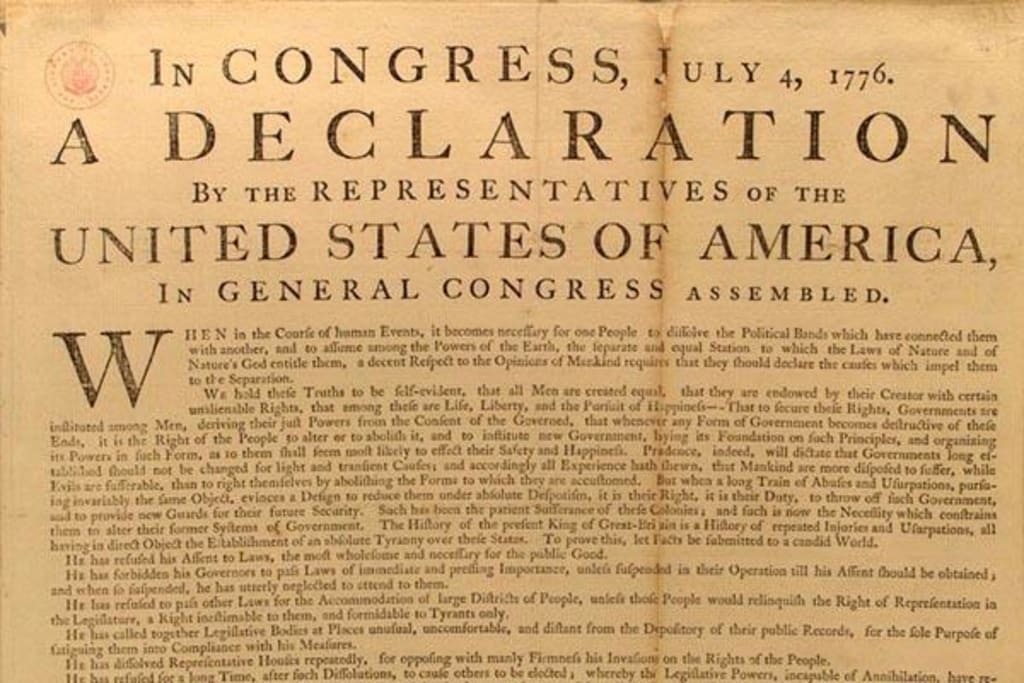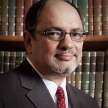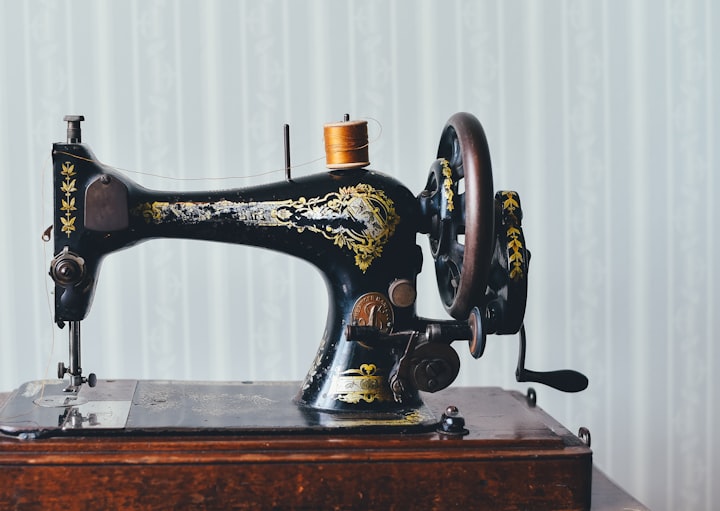History of Independence Day
Was the Declaration of Independence really signed on July 4, 1776?

Independence Day or the Fourth of July celebrates the adoption by the Continental Congress on July 4, 1776, of the Declaration of Independence, proclaiming the severance of the allegiance of the American colonies to Great Britain. It is the most significant secular holiday in the United States, observed in all the states, territories, and dependencies.
Although it is assumed that the Continental Congress unanimously signed the document on the 4th of July, in fact, not all delegates were present, and there were no signers at all, contrary to the theatrical musical 1776. Here is what really happened.
Resolution
The congressional delegate from Virginia, Richard Henry Lee, introduced in the Continental Congress, on June 7, 1776, a resolution
“that…body declare the United Colonies free and independent States, absolved from allegiance to or dependence on the Crown or Parliament of Great Britain…”
Committee of Five on the Declaration of Independence

On June 10, a committee of five, featuring Thomas Jefferson (the actual scribe), was appointed to prepare a declaration suitable to the occasion if the Virginia resolution was adopted. Benjamin Franklin and John Adams revised Jefferson’s version before it went to Congress, where they did some editing of their own. The other two on the committee were Robert R. Livingston of New York and Roger Sherman of Connecticut.
Approval of Declaration of Independence
Congress approved the resolution July 2; the Declaration composed by Jefferson and amended by his committee was adopted on July 4. That evening John Hancock ordered Philadelphia printer John Dunlap to print 200 broadside copies of the agreed-upon Declaration that was signed by him as President and Charles Thomson as Secretary. These were distributed to members of Congress and distributed to the 13 colonies and elsewhere. The Declaration was read in the yard of the statehouse on July 8. New York did not even vote on it until July 9. The signing was even more gradual, and it is somewhat misleading to speak of the “fifty-six original signers of the Declaration of Independence.”
By August 6, most of those whose names are on the document had signed, but at least six signatures were attached later. One signer, Thomas McKean, did not attach his name until 1781! Some of those who signed were not even in Congress when the Declaration was adopted, and some who voted for it in Congress never did get around to signing it. Robert R. Livingston was one of the members of the original committee of five; he helped to frame it; he voted for it, but he never signed it.
Celebration of Independence Day
The first anniversary of the Declaration was observed only in Philadelphia, PA, by the adjournment of Congress, a ceremonial dinner, bonfires, the ringing of bells, and fireworks. In 1788, after the requisite number of states had adopted the Constitution, Philadelphia celebrated July 4 by elaborate festivities, including a grand procession.
Recognition of Declaration of Independence

However, it was not until September 3 of 1783 that major European countries recognized the end of the American Revolutionary War. The Treaty of Paris was signed between the British and the US at Hotel d’York in Paris. The Peace of Paris (or the Treaties of Versailles) recognized the end of the American Revolutionary War — among other European issues — and were signed between the representatives of King George III of England and representatives of France’s King Louis XVI, Spain’s King Charles III and the States-General of the Dutch Republic.
Observance of Independence Day
Boston, Massachusetts, first observed the day in 1783, and after that, this celebration replaced that of the Boston Massacre, March 5. The custom spread to other cities and states, where the day was marked by parades, patriotic oratory, military displays, and fireworks. Today, games and athletic contests, picnics, patriotic programs and pageants, and community fireworks of pyrotechnic expertise are characteristic of the 4th of July. So too are attendance at baseball games, flying of the American flag, consumption of hot dogs, and imbibing of inebriating fluids.
Hollywood Tie-in to Independence Day
Several years ago, Reese Witherspoon had recorded a tribute to the Declaration of Independence document when a lost copy had been discovered folded between the canvas and frame of a picture. This audiovisual presentation went on a road trip with the document around the country. This was one of John Dunlap’s original 200 broadsides. Why did she do this? She claims that she is a descendant of John Witherspoon, the only active clergyman to sign the Declaration of Independence. He himself is a descendant of John Knox, the Scottish Reformer who studied under the Swiss Reformer John Calvin in Geneva.
John Witherspoon and the Declaration of Independence
The Scottish-born Presbyterian minister was also President of the College of New Jersey (now Princeton). Among his students were Founding Fathers like Arron Burr and James Madison along with 37 judges, 10 Cabinet officers, 12 members of the original Continental Congress, 28 Senators, and 49 US members of Congress. James Madison, the “Father of the Constitution,” spend an extra year at college following graduation to study theology. He would incorporate Witherspoon’s teachings on republicanism and “checks and balances” in government.
Legacy of Independence Day
For generations the following words — originally penned by Thomas Jefferson with only one word modified by Congress — have echoed down the halls of US history as if they were American Scripture:
We hold these truths to be self-evident: that all men are created equal;
that they are endowed by their Creator with certain unalienable rights;
that among these are life, liberty, and the pursuit of happiness.
Bill Petro, your friendly neighborhood historian
If you enjoyed this article, please consider leaving a comment. Subscribe to have future articles delivered to your email.
About the Creator
Bill Petro
Writer, historian, consultant, trainer
https://billpetro.com/bio






Comments
There are no comments for this story
Be the first to respond and start the conversation.